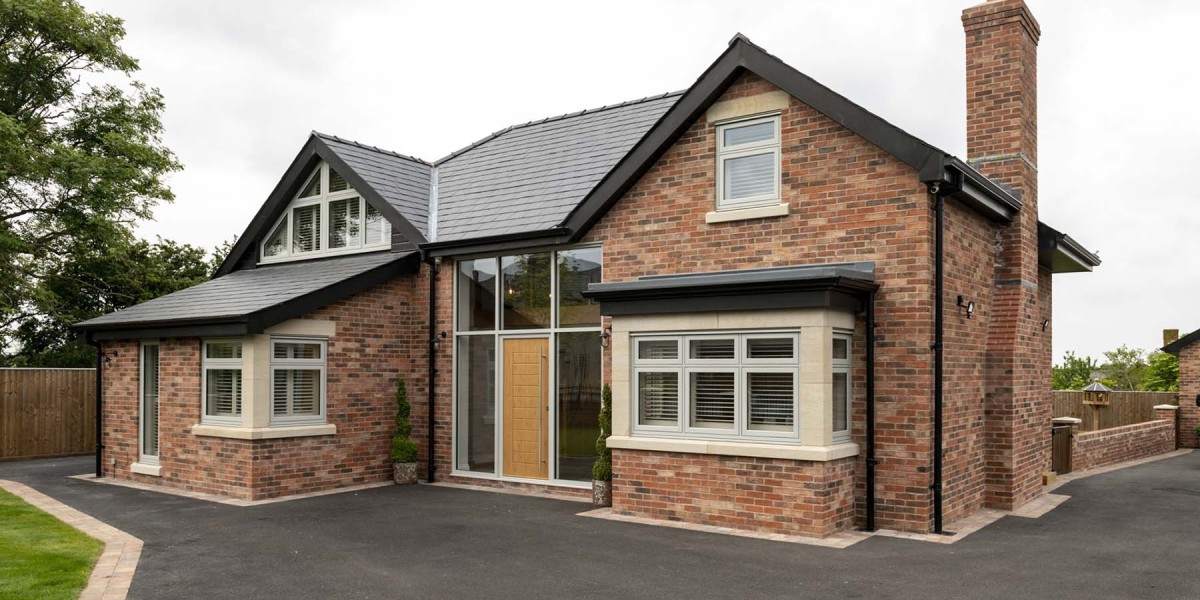Unlock the Secrets to Stunning Visuals with Adjustable Lighting Mastery!
Lighting is arguably one of the most critical elements in photography and videography. It has the power to transform an ordinary shot into something extraordinary. Whether you’re capturing the delicate details of a flower or the vibrant energy of a bustling cityscape, the quality of your lighting can make or break your visuals. Adjustable lighting plays a pivotal role in enhancing the clarity, mood, and overall aesthetic of your shots. In this article, we’ll delve into various adjustable lighting options available for photographers and videographers, and how mastering these tools can elevate your work to new heights.

Understanding Adjustable Lighting
Adjustable lighting refers to any lighting setup that allows for modifications in intensity, direction, or color. This flexibility is essential in visual media, as different scenarios call for different lighting conditions. For instance, the light needed for a bright, cheerful portrait is vastly different from that required for a moody, atmospheric shot. Understanding how light interacts with the environment not only sets the tone and mood of your visuals but also impacts their clarity. For many photographers, like my friend Sarah, mastering adjustable lighting has been a game-changer. After investing time in learning how to manipulate light, she noticed a significant improvement in her portraits, which now radiate warmth and personality.
Types of Adjustable Lighting Options
There are several types of adjustable lighting options available, each with its unique features and advantages. Knowing which type to use in different situations can greatly enhance your photography or videography experience.
1. Continuous Lighting
Continuous lighting refers to any light source that remains on and provides a constant light output. This type of lighting is immensely beneficial for both photography and videography, as it allows you to see how the light affects your subject in real-time. Ideal for beginners, continuous lights come in various forms, such as LED lights, tungsten bulbs, or fluorescent lights. Their consistent output helps in capturing dynamic scenes without the need for complicated adjustments later. A friend of mine, who primarily shoots video, swears by continuous lights for their reliability and ease of use, especially when recording interviews or tutorials.
2. Speedlights and Strobes
Speedlights and strobes are popular choices among photographers looking for portable yet powerful lighting solutions. A speedlight is a compact flash unit that can be attached to your camera, while strobes are larger and often used in studio environments. Both options have adjustable features that allow you to control the light output, direction, and even color temperature. They are particularly effective for freezing motion and creating dramatic contrasts in your images. My friend Tom, a wedding photographer, often relies on speedlights for their versatility, allowing him to adapt quickly to changing lighting conditions throughout the event.
3. LED Panels
LED panels have gained popularity in recent years due to their energy efficiency and adjustable settings. These flat, lightweight lights provide a broad and even light source that can be adjusted in intensity and color temperature. Ideal for both photography and videography, LED panels are particularly useful for creating soft, flattering light for portraits or evenly illuminating a scene. I remember my first experience using LED panels during a friend's photoshoot; the results were breathtaking, and the ease of adjusting the light made the entire process enjoyable.
4. Softboxes and Umbrellas
Softboxes and umbrellas are essential tools for diffusing light, creating a softer and more flattering effect. Softboxes encase the light source and use a fabric diffuser to spread the light evenly, while umbrellas bounce and diffuse the light. Both options allow for adjustable positioning and can easily modify the quality of light in your shots. These tools are particularly effective for portrait photography, where harsh shadows can detract from the subject's features. A friend who specializes in family photography often uses softboxes to create gentle, even light that enhances the warmth of her subjects.
5. Ring Lights
Ring lights are circular lights that provide an even source of illumination around the lens, making them a popular choice for portrait and beauty photography. Their adjustable brightness and color temperature allow for creative control over the final image. Additionally, ring lights minimize shadows on the subject’s face, creating that coveted “glow.” I once borrowed a ring light from a fellow photographer for a makeup shoot, and the results were stunning—every detail of the model's makeup appeared vibrant and flawless, showcasing the true potential of adjustable lighting.
Techniques for Using Adjustable Lighting Effectively
Understanding how to use adjustable lighting effectively can greatly enhance your photography and videography. One essential technique is to experiment with the distance between the light source and your subject; moving the light closer can create a more dramatic effect, while placing it farther away can soften the light. Another vital tip is to adjust the angle of your lights to create depth and dimension in your shots. Additionally, combining different types of lighting, such as using a softbox with a speedlight, can yield dynamic results. My friend Jenna, a budding filmmaker, often emphasizes the importance of trial and error in lighting setups, as each shoot is an opportunity to learn and refine your technique.
Mastering Adjustable Lighting for Stunning Visuals
In conclusion, mastering adjustable lighting is crucial for creating stunning visuals in photography and videography. Whether you're using continuous lighting, speedlights, or LED panels, each option offers unique benefits that can enhance your work. I encourage you to experiment with different lighting techniques and find what resonates with your style. The impact of mastering adjustable lighting on the quality of your visuals can be profound, transforming your images and videos into captivating pieces of art.








